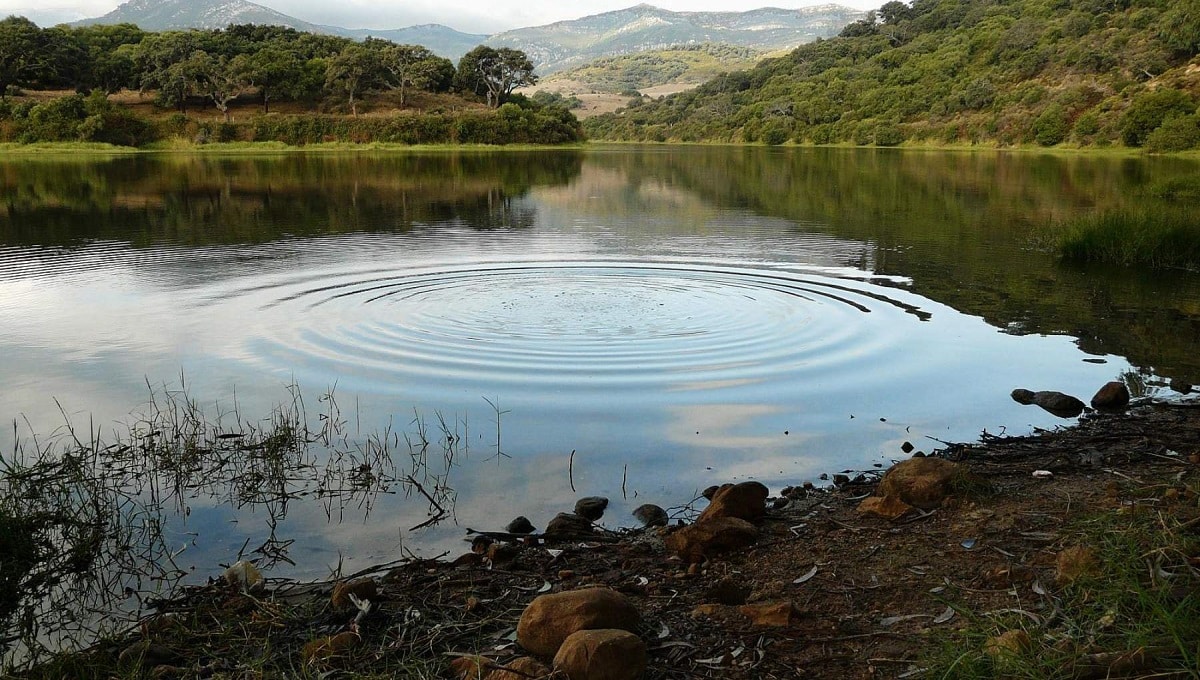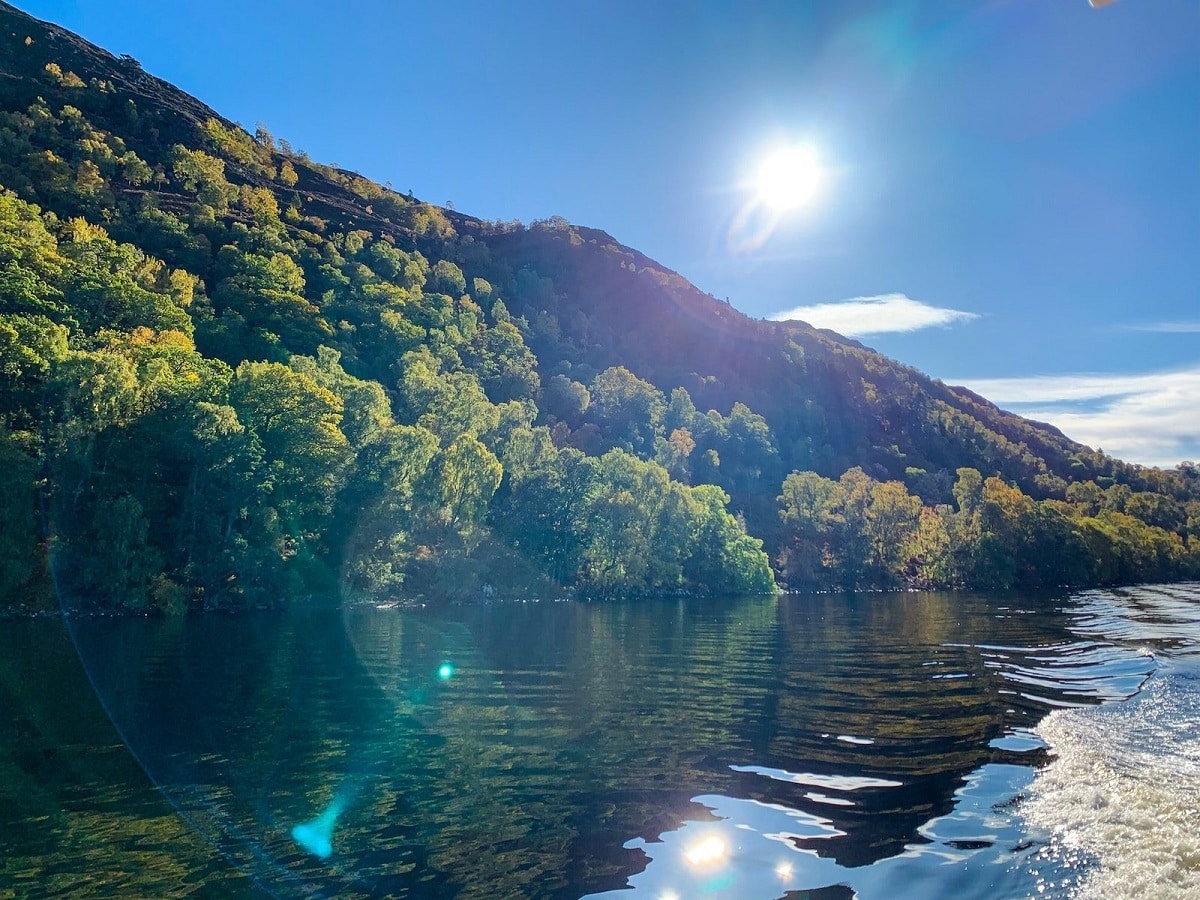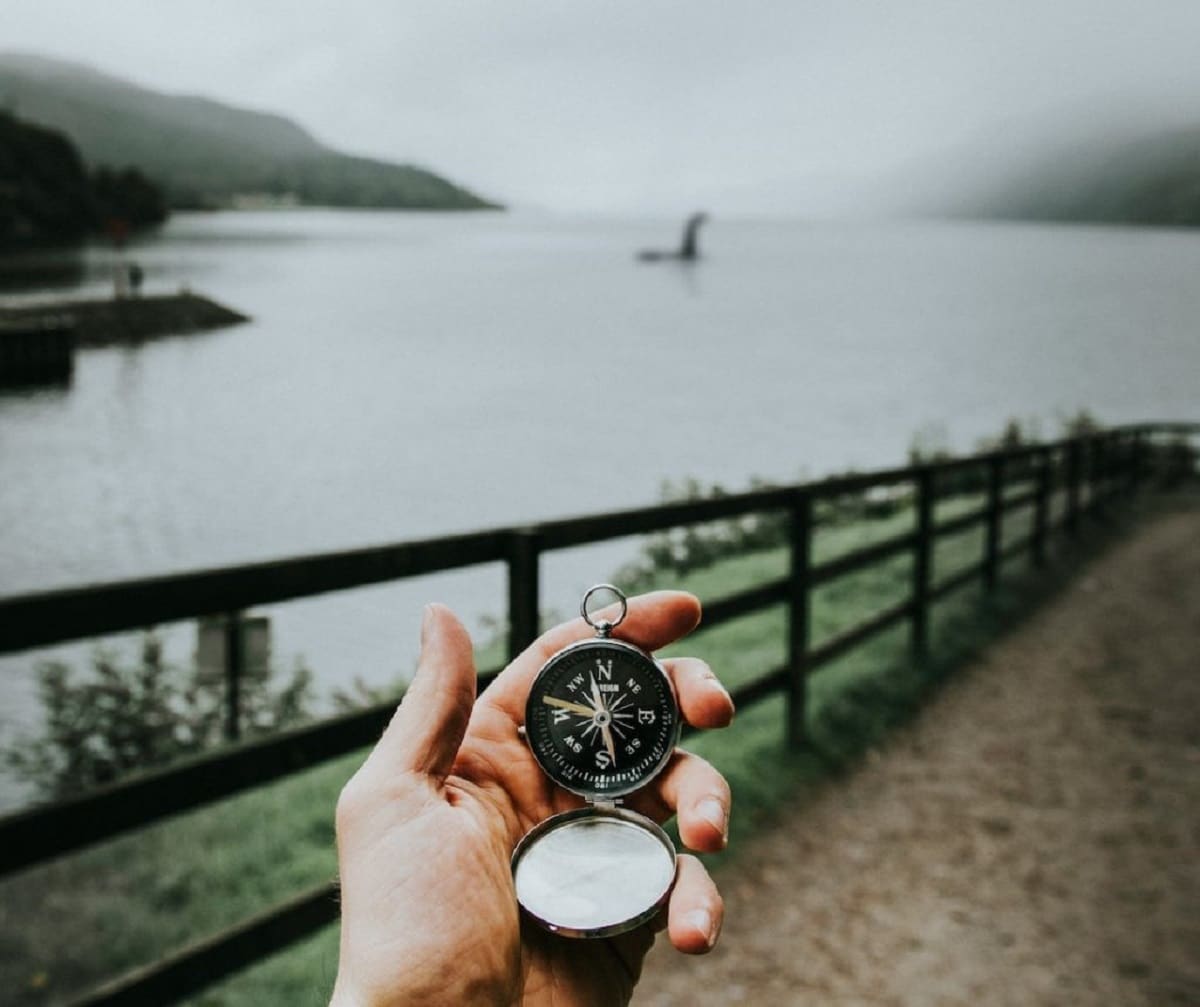
Scotland is one of the four countries that make up the United Kingdom, the others being Wales, England and Northern Ireland. It is the northernmost and has an area of 77.933 square kilometers. Scotland has more than 790 islands and numerous bodies of fresh water, including Loch Lomond and Loch Ness. There are numerous mysteries and curiosities of Loch Ness along the history.
For this reason, we are going to dedicate this article to tell you about the mysteries and curiosities of Loch Ness, as well as its main characteristics.
Key features

Loch Ness is a freshwater loch located in the Scottish Highlands. It is surrounded by the coastal towns of Fort Augustus, Invermoriston, Drumnadrochit, Abriachan, Lochend, Whitebridge, Foyers, Inverfarigaig and Dores.
The lake is wide and thin, with a special shape. Its maximum depth is 240 metres, making it the second deepest loch in Scotland after Loch Mora at 310 metres. Loch Ness is 37 kilometers long, so it has the largest volume of fresh water in the UK. Its surface is 16 meters above sea level and lies along the Grand Canyon fault line, which extends for about 100 kilometers.
According to geological data, the Grand Canyon fault is 700 million years old. From 1768 to 1906, 56 earthquakes occurred near the fault, the most powerful being the 1934 earthquake in the Scottish city of Inverness. Loch Ness is estimated to have formed around 10.000 years ago at the end of the last ice age, known as the Holocene epoch.
Loch Ness has an average temperature of 5,5°C and, despite the cold winters, it never freezes. It is connected to numerous tributaries, including the Glenmoriston, Tarff, Foyers, Fagueg, Enrique and Corty rivers, and empties into the Caledonian Canal.
Its basin covers an area of more than 1800 square kilometers and is connected to Loch Oich, which in turn is connected to Loch Lochy. To the east, it joins Loch Dochfour, which it eventually leads to the flow of the Ness in two formations: Beauly Firth and Moray Firth. A fjord is a long and distinctly narrow inlet formed by a glacier, flanked by steep cliffs that create a submerged valley landscape.
Artificial island
Few people know that in Loch Ness there is a small artificial island called Cherry Island, which may have been built in the Iron Age. Located 150 meters from the south coast, it was originally larger than it is now, but when it became part of the Caledonian Canal, the lake's rise caused nearby Dog Island to be completely submerged.
The Caledonian Canal is a one-third man-made structure, completed in 1822 by Scottish civil engineer Thomas Telford. The waterway stretches 97 kilometers from northeast to southwest. In the town of Drumnadrochit, on the shores of Loch Ness, are the ruins of Urquhart Castle, a building built between the XNUMXth and XNUMXth centuries, which today offers guided walks for visitors.
Mysteries and curiosities of Loch Ness

Loch Ness Monster
The legend about Loch Ness has been passed down to this day. The story is about a large, long-necked sea creature that mysteriously lingers in the lake's waters and is rarely seen because it only appears sporadically.
It is not known if it is hostile or can eat people. Its behavior, diet, actual size, and other physical characteristics are a mystery, so many interested people, including curious people and researchers, have taken it upon themselves to dig deeper for answers. The only "known" characteristics are its green color and its long neck and tail. Very similar in appearance to Brachiosaurus, but much smaller in body size.
No one has yet been able to confirm the existence of the Loch Ness monster, so it has always been a legend. There are only testimonies from tourists who claim to have seen it, but this does not provide conclusive data, since it could be some kind of optical illusion, or a strangely shaped object similar to the popular Scottish monster.
The myth didn't really become famous until 1933.. It all started with two sightings of the creature near a new road being built along the lake. The following year, the most famous and unique photo of the Loch Ness Monster emerged: that black and white photo showing a black figure emerging from the water with a long, wavy neck. According to the Daily Telegraph, it was filmed by a doctor named Robert Kenneth Wilson.
Maybe you were surprised when you first saw this photo and thought it was irrefutable proof of the monster. But unfortunately for lovers of myths, the photo turned out to be a hoax in 1975, a fact that was confirmed again in 1993. The image is believed to have been created with the help of a levitating toy with a fake head and neck.
When the above photo garnered international attention, a theory arose that Nessie was a sauropod dinosaur that had somehow survived to the present day. After all, the similarity with the image is undeniable. However, ThoughtCo explained that these animals are land animals. If Nessie were of this species, she would have to stick her head out every few seconds to breathe.
Other mysteries and curiosities of Loch Ness

- At first glance, this is a beautiful lake, seemingly like any other. It is located in the Scottish Highlands. This is a deep freshwater lake, especially known for the monsters that live there.
- It is part of a chain of lochs in Scotland that were formed by glaciers. during a previous ice age.
- It is the second largest loch in Scotland by surface water and the waters have poor visibility due to the high peat content.
- Another curiosity about Loch Ness is that it contains more fresh water than all the lochs in England and Scotland combined.
- Near Fort Augustus you can see Cherry Island, the only island in the lake. It is an artificial island dating from the Iron Age.
I hope that with this information you can learn more about the mysteries and curiosities of Loch Ness.